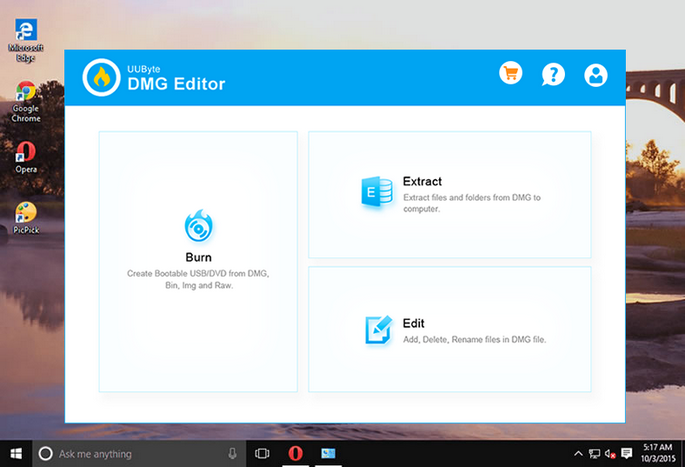

- Windows restore dmg to usb install#
- Windows restore dmg to usb software#
- Windows restore dmg to usb iso#
Click 'Burn' button on toolbar or select the 'Tools > Burn' Menu. To burn dmg file on Windows PC, please follow the steps, Run PowerISO, and insert a blank or rewritable optical disc in the drive.
Windows restore dmg to usb iso#
Repeat steps 3–5 for each remaining partition. You needn't convert dmg to iso file before burning. Restore from a disk image: Click Image, choose the disk image you want to copy, then click Open. Type 'cmd' and hit 'Enter' to get the black command prompt dialogue box. Press 'Windows + R' to get the 'Run' dialogue box. To create a macOS bootable USB drive, you need.
Windows restore dmg to usb install#
In the Burn window, select the DMG file from the Source File section. Make sure you have the DMG file ready in your computer. First of all, you need to download and install UltraDMG on your Mac or windows computer, then launch it. Step 2: You can import the DMG file directly by clicking on ‘Burn' in the toolbar or going to Tools > Burn. Restore 4.hfs to the USBs second partition -> 2nd partition becomes. Launch the app and insert a USB drive into a free USB slot in your computer. Rename InstallESDDmg.pkg inside the SharedSupport folder to InstallESD.dmg. Restore from a volume: Click the “Restore from” pop-up menu, then choose the volume you want to copy. Step 1: Download PowerISO and install it in your Windows PC. /rebates/&252frestore-dmg-to-usb-on-windows. This is the volume that is erased and becomes the exact copy. In the sidebar, select the volume that you want to restore, then click the Restore button. See Partition a physical disk in Disk Utility on Mac. After completion of scanning, preview the files.
Windows restore dmg to usb software#
Click Scan and the software begins scanning process. Select the hard drive from which you wish to recover the data. Customize your scan and toggle the data type you want to recover. The destination disk must have as many partitions as the disk image, and each of the disk’s partitions must be at least as large as the corresponding partition in the disk image. Download, install and run Stellar Mac Data Recovery. In the Disk Utility app, select the disk in the sidebar, click the Partition button, then partition the destination disk. The disk image’s volumes appear as disks in the Finder. In the Finder on your Mac, double-click the disk image to open it. To restore a disk image with multiple volumes to a disk, you must partition the destination disk, then restore each volume individually.


 0 kommentar(er)
0 kommentar(er)
